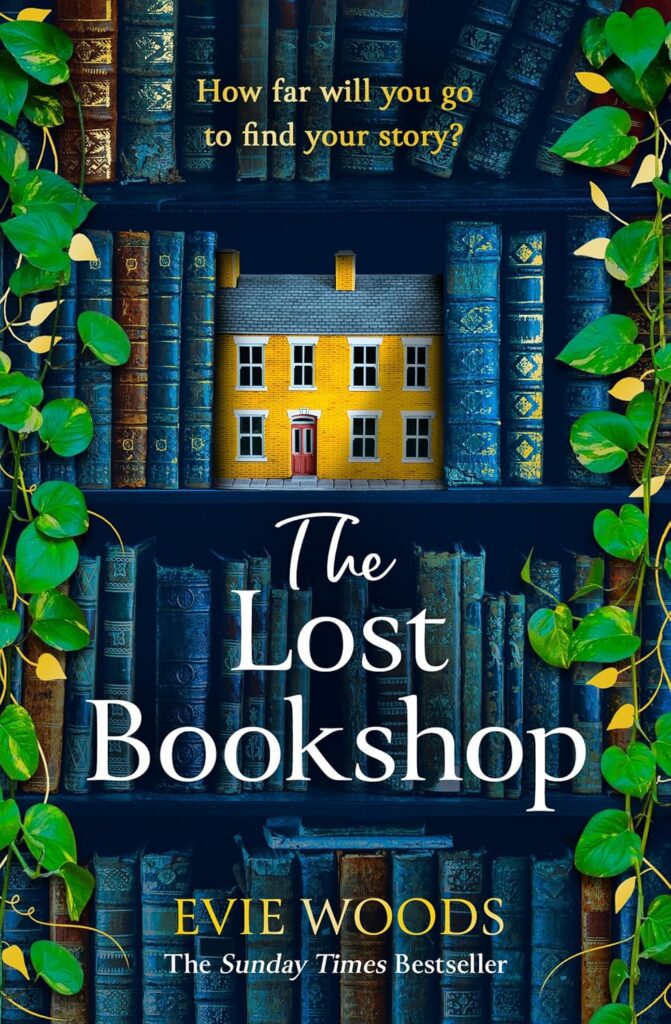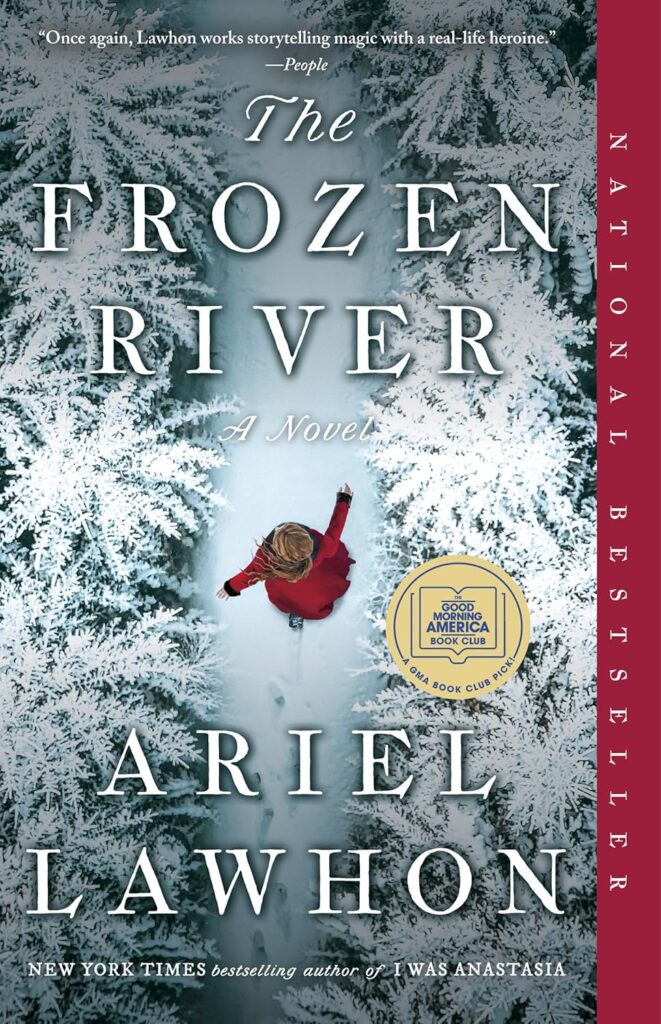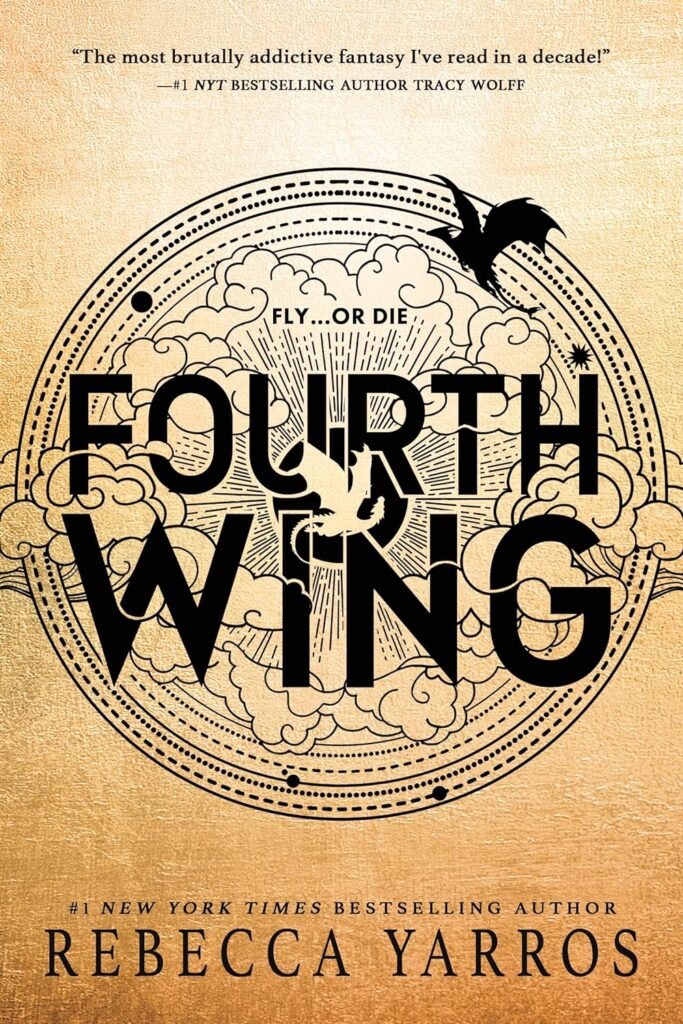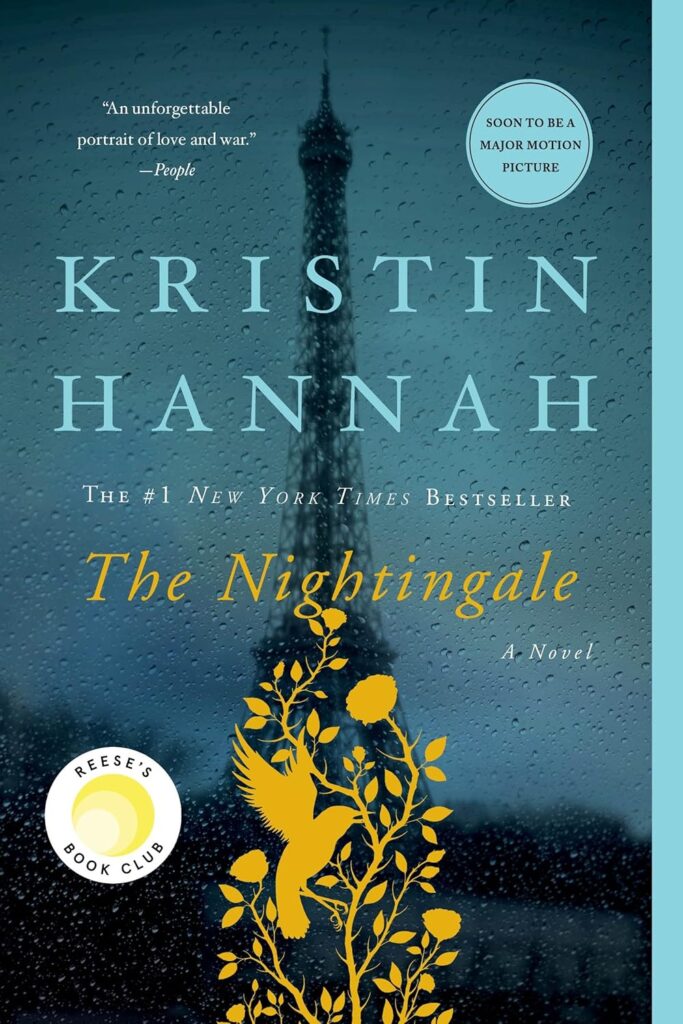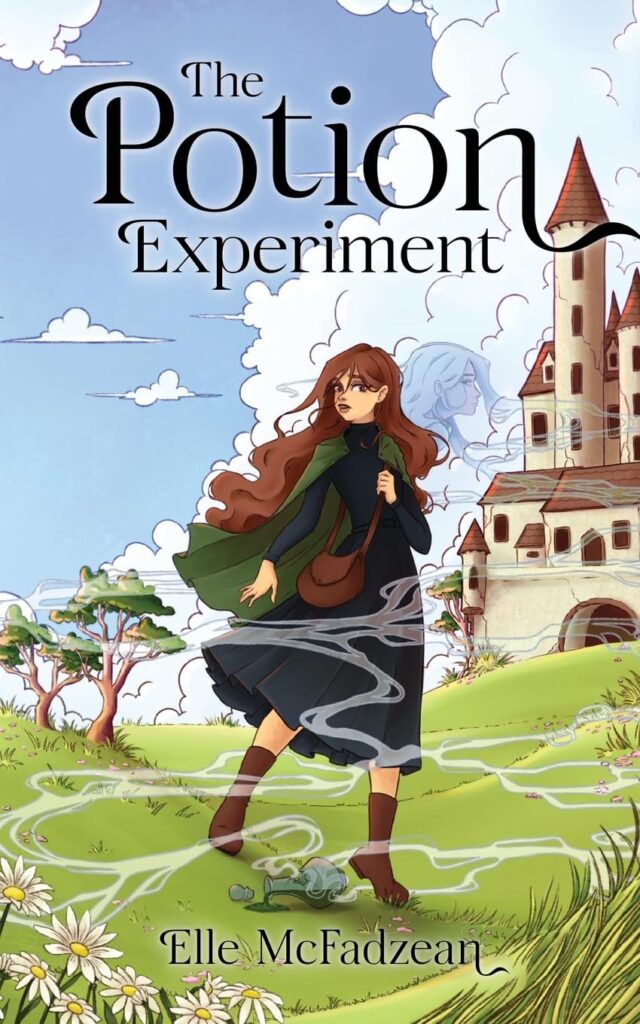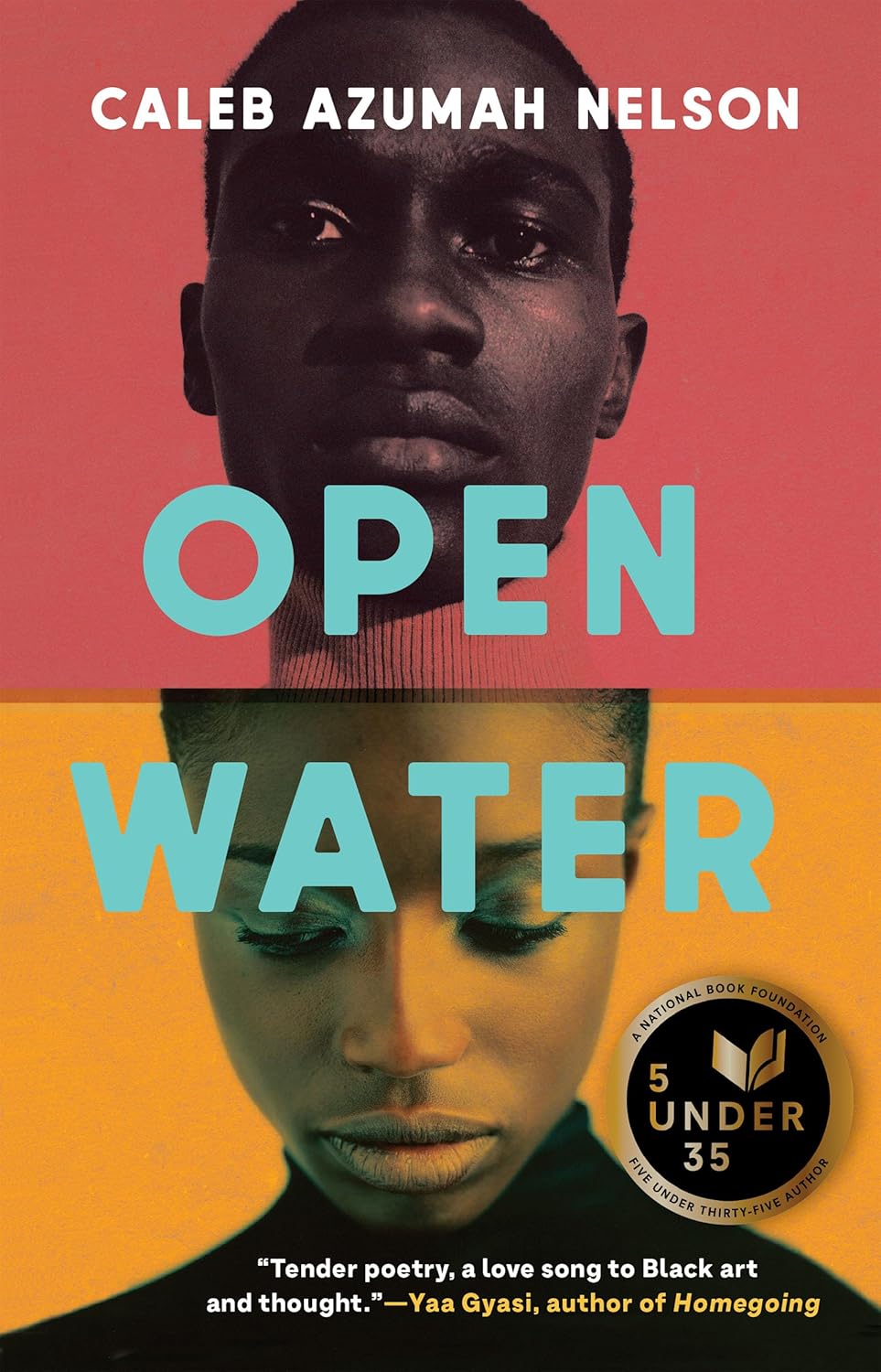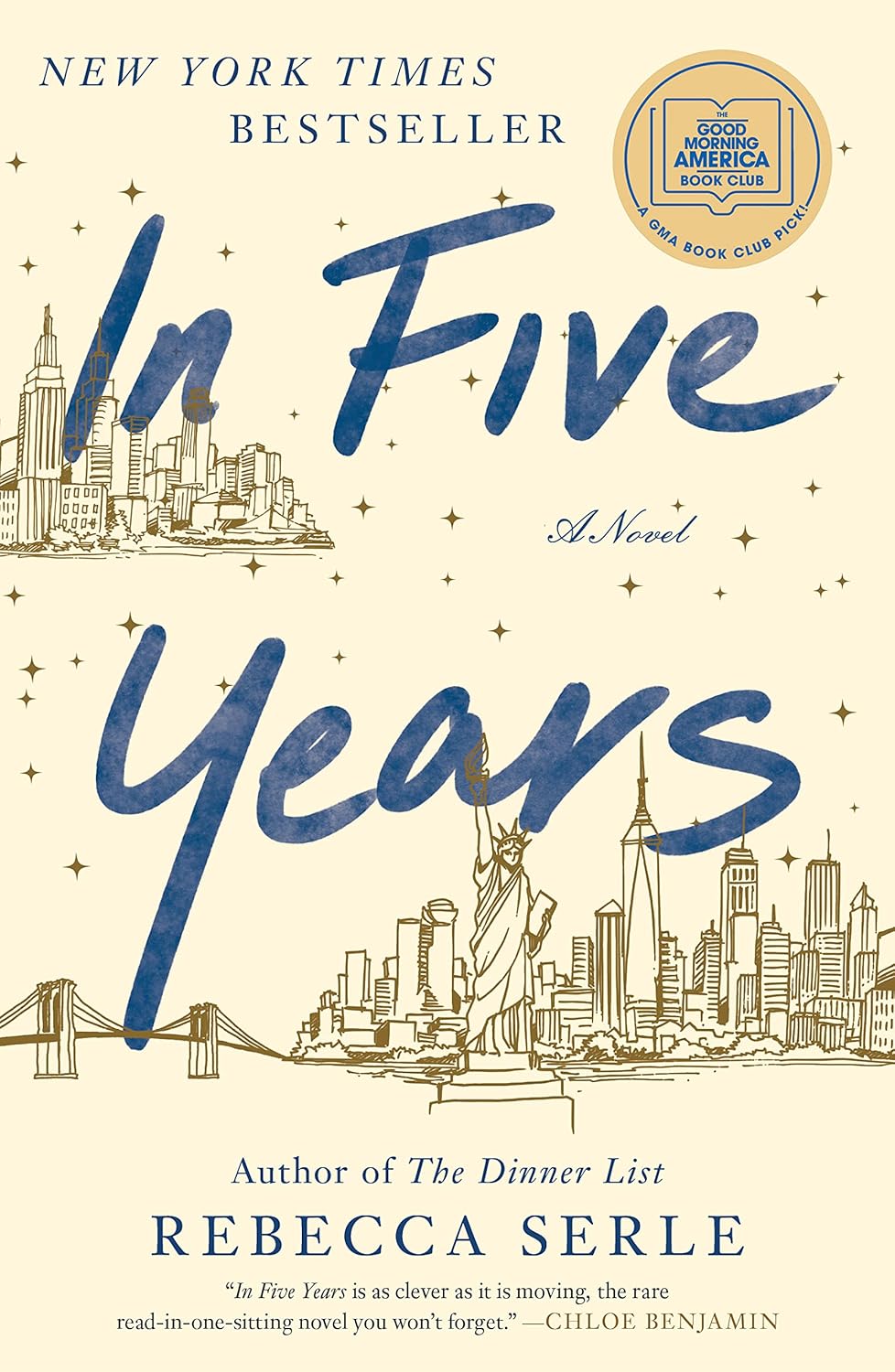Open Water is Caleb Azumah Nelson’s stunning exploration of love, identity, and the Black experience in a city that performs itself through what we see. The novel is a beautifully intimate look at human relationships and the fragility of connection, told in poetic prose and set in modern South East London.
In 150 plus pages Nelson tells us an important story that is both personal and universal, truly demonstrating that less can be more.
In this review, we will examine the themes at the heart of the novel, its stylistic innovations, and the emotional power of the pedagogy that has resonated so strongly with readers across the globe.
The Plot: A Love Story Beyond Conventions
At its center, Open Water is a romance. The two lead characters, a young photographer and a dancer, are never named, and that is an effective element in making their story feel like any(wo)man’s tale. One day they meet up in a pub, through common friends, and immediately hit it off.
We are two Black British artists who face the trials and tribulations of being able to explore who we are, creatively, in an often very boxed in world. At first they are friends, but slowly com to know one another on a deeper level, dealing with issues of vulnerability and trust and the burden of the world expecting too much from them.
Unlike most conventional love stories, Open Water is about emotional intimacy. The couple-ship is not just a plot device — it is the plot. As through their interactions Nelson explores the nuances of the human connection—love can simultaneously be a sanctuary and exposure, shelter and mirror revealing our deepest fears.
Themes: Identity, Visibility, and the Black Experience
Perhaps the most powerful thing about Open Water is the exploration of identity and visibility. One of them appears throughout the book: It’s one thing to be looked at, another to be looked through — which touches on the protagonists experiences of just being their race compared to other things of who they are and being truly recognised. Young Black artists, they face the tension of who they are versus who they have to be.
Nelson minces no words about the mental health impact of systemic racism. The black male lead in particular is burdened by the mere existence of his Blackness, viewed as a threat regardless of his character.
This continuous expectancy—the requirement to demonstrate one’s individuality in the presence of bias—reappears throughout his relationships with the globe. This emotional exhaustion is as harrowing as it is enlightening in the novel’s depiction of Black lives experienced.
David explores traditional masculinity, and the clear links between it and toxic masculinity in many middle-class men, including his father. Nelson rewrites masculinity here, articulating in vivid prose that vulnerability—deeper love, deeper feeling, sharing your fears—is strength, strength rendered vulnerable through the male leads’ willingness to fully embrace love. Especially for Black men, in a culture that constantly reduces masculinity to emotional detachment, this representation matters.
An essential facet of the book is the stratified examination of belonging. Each main character has their own creative outlet that grounds their sanity and gives meaning to their identity.
Still, they grapple with the paradox of being feted for their talents, well aware, however, that they can court invisibility or misinterpretation. Across her sophomore novel, this duality remains a steady undercurrent as Nelson strikes an exquisite balance between the highs and lows of attempting to be seen in a world that is cruel and a beauty that is capitalistic.
Brilliance of Style: Lyrical Prose and Second Person
Second person narration is one of the more unusual aspects of Open Water. This choice creates a feeling of immediacy and intimacy, like the narrator is speaking directly to the reader, or perhaps to herself. It’s an intoxicating yet disarming experience and pulls readers into the protagonist’s mind.
This form of narration makes the reader mistake their own experiences for what the characters are going through, generating a powerful sense of sympathy.
Another gorgeous aspect of the novel is Nelson’s prose. His writing is poetic and vivid, textured with imagery and cadence. Once in a while, you turn a sentence into a rhythm of a jazz — here looks, here peace, here key jump!! This poetic nuance not only adds an emotional layer to the novel but also aligns with the artistic demeanor of the protagonists.
Both a photographer and a dancer, they see the world through an artistic eye, and their prose reflects that.
Its structure, therefore, also supports the themes of the novel. Memory hides itself in infrequent rhythm, and so Claire spreads out these chapters, short and fragmented, to reflect moments of joy, pain, and introspection.
This gives Nelson space to thoughtfully consider the power of each moment, resulting in a story that feels both small and sprawling.
Nelson weaves in sensory details that bring the reader closer. The settings are brought to life with colorful descriptions, from the bustling streets of London to the sombre silence of introspection.
The outcome is a discourse that is equally part location and vibe as it is the characters themselves. Such careful attention to detail immerses the reader into the characters, experiencing their highs and lows.
The Role of Art and Music
In Open Water, art and music become the tools for both creative expression and communion. Brought together by a mutual appreciation for art, the two protagonists find comfort and understanding through each others’ practices.
Photography for the male lead not only a profession but the lens through which he sees the world and claims a sense of self. Equally, the dancing of the female character in question provides a narrative of a form of liberation and self-realisation.
But jazz and hip-hop provide a musical textures that permeate the narrative throughout the novel. Nelson mentions musical artists such as Kendrick Lamar, Frank Ocean, and Nina Simone, whose art speaks to imagery invoked in the novel on love, perseverance, and equity.
These musical references act as a soundtrack to the protagonists’ journey as she weaves the songs into the novel’s emotional heft.
Nelson thus grounds Open Water in a wider historical and artistic lineage by providing these cultural references, and also reflects on the Black creators who have come before.
Their interaction with art and music serves as resistance, a means of grounding their existence in a society that so frequently tries to erase them.
A Celebration of Black Love
At the heart of Open Water is a love story between two people — one with an ocean between them. Nelson presents a gentle, intricate, and affirmative rendering of the relationship at the core of the story.
A space of healing and retreat, and oppositional to all the hostility they feel prevailing in the outside world. With this, Nelson fights against negative stereotypes of Black love while weaving a narrative that is both adversarial and affirmational.
Additionally, the importance of collective action and community is highlighted throughout the novel. The protagonists receive comfort from friends and family members, the people that give them some sense of belonging, the people to which they can go back to feel down-to-earth.
The collective nature of the story highlights the message that love is not merely an individual experience, but one that is formed around the collection of people or places that surround us.
Nelson has such an incredibly nuanced portrayal of love. It is, among other things, romantic but also introspective and communal. It is as much a series about self-awareness as it is about interpersonal bonds. The novel’s examination of love, therefore, is enhanced with this layered approach.
Reception and Cultural Impact
Open Water has received critical acclaim since its release due to its lyrical prose and emotional depth. Over the years, critics have lauded Nelson for his sensitivity and insight when it comes to love and identity.
Some have equated the novel with the likes of James Baldwin and Zadie Smith, putting Nelson in the company of greats.
The novel has also been praised by readers for its representation of the Black British experience which is often overlooked in modern literature. Incorporating elements such as school, family, friendship, and sexuality, Nelson captures the details with such vibrance, that the experience of black joy, pain, and resilience becomes so relatable, so personal, creating a narrative that is as specific, as it is universal.
The cultural significance of the novel reaches beyond its literary value into the broader discourse of race, identity, and the power of storytelling.
Young readers as well have adopted the novel, as their shared experiences have found reflection in the pages of the book. For many, Open Water is a reflection of things, offering the justification of an emotion or identity then, or way or being now.
That particular cross-cultural reaction also illustrates the need for varied stories in literature and its ability to create empathy and understanding.
In Conclusion: An Intimate Insight Masterpiece
With the release of Open Water Caleb Azumah Nelson bursts upon the scene as a new voice someone to listen to with urgency, this is a gorgeous book.
On the whole, and through its elegant prose, close third-person narration, and insightful context of love and identity, the novel is a reading experience both intimate and universally relatable.
This is a reflection of its humble nature, the optimism of humanity and the life changing force of love.
In a world that often aims to silence and push us aside, Open Water is a tribute to being seen and recognized. A reminder of a time when it took guts to know we are human. Open Water is a must read for anyone looking for something as beautiful as it is meaningful.
It has it all, and it is not merely a book, but rather a world of experience weaved together and bound together between covers that lingers long after the last page is closed.
This is a book that encourages us to think, to feel, and to view both the world—and ourselves—with more clarity and compassion.
